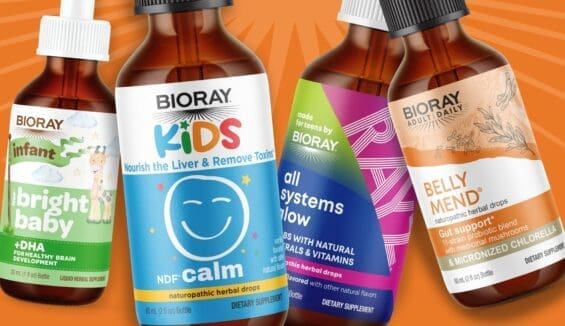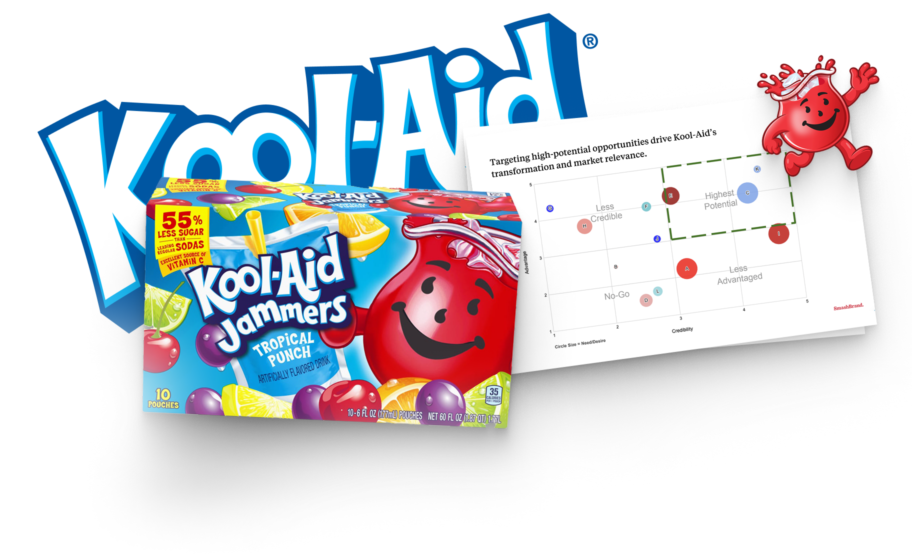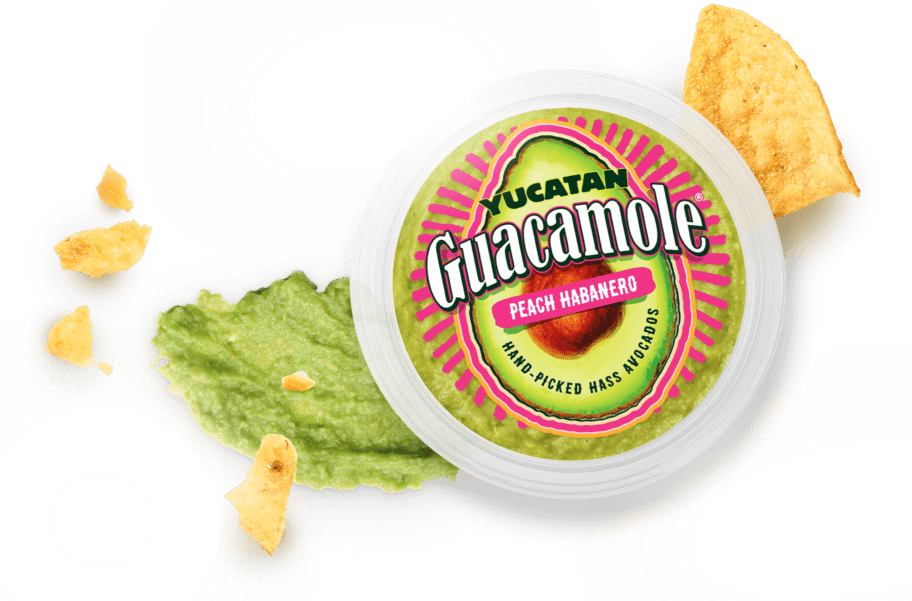Whether it’s on the grocery shelf or nestled on your child’s bedroom bookshelf, the power of childrens product branding is undeniable, and as a parent, you’ve seen it firsthand. From colorful baby products that catch tiny hands to nutritious snacks that beckon with playful mascots, the right logo design and packaging can spark joy in your child and confidence in you.
But designing for little eyes and worried parents means marrying form with function, and data is the compass. An innovative brand strategy for children’s products goes beyond whimsical fonts or bright hues; it relies on proven marketing techniques drawn from insights in food marketing and rigorous compliance with the Consumer Product Safety Commission (CPSC) regulations.
In this article, you will learn a step-by-step roadmap to fix and future-proof your children’s product branding. You will discover how to blend empathy for the child’s experience with complex numbers, from A/B tests and on-shelf appeal to ROI calculations in e-commerce campaigns. Ready to transform your next launch into a parent-approved, kid-beloved must-have? Let’s dive in.
Branding for kids and parents.
Effective childrens product branding hinges on speaking simultaneously to two distinct audiences, parents and their young audiences, through every facet of your marketing strategy. For parents, product packaging must signal safety, convenience, minimal mess, nutrition, trust, and alignment with family values, fostering long-term brand loyalty.
Conversely, kids gravitate toward fun, flavor, bright colors, and memorable branded characters, often influenced by social media marketing trends and influencer marketing shout-outs that amplify brand awareness in digital spaces.
Most brands make the mistake of optimizing solely for one group, either crafting a sleek, safety-first package that underwhelms a young child or launching an over-the-top design that alarms a cautious parent and then assuming the other audience will follow suit. That’s a costly mistake. A holistic marketing strategy, informed by real-world engagement data, unites both perspectives, ensuring your children’s product isn’t just noticed but trusted and beloved by all.
What the data tells us about failed packs.
Data analysis across multiple product categories reveals that packaging failures often stem from unclear visual hierarchy, causing confusion among young consumers and their parents. Without clear signals, even fun designs in children’s clothing or food packs fail to guide potential customers through child development cues to parental consent.
Too much storytelling, not enough signaling.
When packaging relies heavily on narrative, such as extended copy, background scenes, and elaborate mascots, it obscures the most critical cues that drive quick decision-making. Younger children and their parents tend to fixate first on bold, simple elements, such as age-range icons, flavor badges, and safety seals.
Yet when these are drowned out by sprawling story panels or multiple graphic layers, both child and adult shoppers abandon the shelf before they’ve even registered what makes your product different.
In practice, this looks like a snack box so enamored with its jungle scene that the “no artificial colors” callout sits hidden in fine print, or a children’s clothing tag that touts its eco-story in paragraphs while the size and material information fade into the background. Parents expect to spot trusted certifications and ingredient highlights at a glance, but when those signposts vanish, confidence erodes on the shelf.
Over-indexing on cute without functional messaging.
In the rush to capture children’s attention, many food companies and toy brands rely heavily on oversized mascots or whimsical illustrations, allowing their brand identity and logo to take center stage.
While such star turns can boost brand recognition in the children’s market, they often push critical RTBs, such as whole-grain content, allergen alerts, or sustainable materials, into tiny side panels. The result is a food product that looks irresistibly fun but fails to reassure parents about nutrition or safety, undermining confidence at the moment of truth.
Purchase intent drops sharply when category-relevant details are buried beneath cuteness. Even online, poor product placement of these details in e-commerce listings can slash conversion rates. Savvy brands counteract this by integrating content marketing that emphasizes both playfulness and practical benefits, pairing a friendly mascot with an adjacent “Made with 100% Organic Cotton” badge or featuring a quick “No Added Sugar” callout beside a toy brand crossover.
Lack of validated messaging hierarchy.
When product packaging lacks a validated messaging hierarchy, unverified claims and mixed signals dilute impact and erode brand loyalty. When launching a new food product, simply stacking your brand logo, nutritional highlights, and cartoon character without testing placement invites confusion among both young audiences and the parents of older children.
A young child’s eye naturally seeks bright, branded characters and simple cues first. Still, without a clear path to secondary information, like “no high fructose corn syrup” or “BPA-free packaging,” kids’ initial excitement fizzles, and parents’ trust wanes.
An effective marketing strategy requires that every element is arranged according to real shopper behavior, not just aesthetic preference. For instance, in children’s clothing or snack packs, elevating the branded character and positioning the ingredient callouts just beneath it can guide both kids and parents through a seamless hierarchy of attention.
Rigorous A/B testing of product design prototypes, combined with heat-map analyses of product placement in retail mock-ups, ensures that key messages aren’t lost behind decorative flourishes.
How to fix childrens product branding with these five data-driven steps.
Creating standout childrens product packaging requires following a proven, data-driven roadmap. By systematically uncovering what truly drives progress for both parents and kids, you can eliminate wasted effort and launch confident, high-impact designs. Here are the five essential steps to transform your brand strategy and ensure every element, from mascot placement to nutritional cues, works in harmony to boost purchase intent.
Identify what drives purchase.
Stop relying on gut feelings or chasing trends. Utilize behavioral testing methods, such as eye-tracking, click-maps, and choice-based conjoint analysis, to identify the visual and verbal cues that influence both parents and children. Whether it’s a flavor badge, a branded character, or an ergonomic grip, these tests reveal precisely which elements trigger that must-have response.
Build concepts around purchase drivers.
Design isn’t the starting point; it’s the final expression of insight. Armed with validated drivers, be it emotional triggers like “fun surprise inside” or explicit benefit framing like “no artificial colors,” you can craft packaging concepts that align every graphic and headline with what truly matters to your audience.
Test in a realistic shelf environment.
A beautifully rendered mock-up only tells half the story. Recreate the hectic grocery-store or playroom scenario and run A/B tests under actual decision-making pressure: parents scanning dozens of SKUs in seconds, kids pointing at the most playful box in sight. This contextual testing distinguishes between what merely appears good and what drives selection.
Optimize the pack with diagnostic testing.
Leverage a PREformance® Diagnostic to evaluate visual hierarchy, claim clarity, and emotional engagement. This granular feedback loop highlights exactly where your brand logo, nutrition icons, or mascot need to move, grow, or shrink, ensuring every iteration brings you closer to an irresistible shelf presence.
Validate with predictive purchase intent testing.
Before committing to production, run a final predictive study to measure lift, which involves statistically significant differences in choice probability across design variants. This “performance insurance policy” confirms that your optimized packaging will deliver the highest ROI and set you up for sustained brand loyalty from both kids and parents.
What high-performing children’s brands do differently.
High-performing children’s brands leave nothing to chance. They ground every decision in behavioral data, simulate real-world shopping scenarios, and optimize for the mix of emotional delight and rational reassurance that drives both children and parents to make purchases. By embedding rigorous testing into each stage of development, these brands ensure that their products perform effectively.
Use behavioral data.
Surveys capture intentions; behavioral data captures actions. Leading brands deploy eye-tracking, click-maps, and choice-based conjoint analyses to identify which visual and verbal cues precisely draw attention, hold interest, and trigger a purchase. This direct observation of shoppers, rather than relying on self-reported preferences, reveals what drives purchases in real-world moments.
Test packaging in contextual environments.
A mock-up on a white background can’t replicate the chaos of the grocery aisle or the excitement of playtime. Top children’s brands stage A/B tests in retail mock-ups and digital simulations, recreating crowded shelves and mobile browsing scenarios. By observing how kids and parents navigate true-to-life displays, they identify distractions, validate hierarchy, and eliminate design elements that underperform under pressure.
Optimize for both emotional and rational triggers.
Kids buy with their hearts; parents buy with their heads. High-performers balance playfulness with clear signals of safety, nutrition, and convenience. Tools like the PREformance Diagnostic Test and Pack Words Messaging Test measure visual hierarchy and messaging clarity, ensuring mascots and fun designs don’t drown out critical Reasons To Believe (RTBs).
Validate with purchase intent testing.
Before going to print, these brands run predictive studies that quantify lift: the incremental boost in choice probability attributable to each design variant. Purchase Intent Testing provides the statistical confidence to back production decisions, acting as a “performance insurance policy” that forecasts real-world success and fuels long-term brand loyalty.
By integrating these insights from concept to final production, high-performing children’s brands continually refine their product packaging and messaging. The result is a shelf presence that captivates young audiences, reassures parents, and consistently outperforms competitors in the children’s market.

Nice Package
Don’t miss out on our monthly newsletter Nice Package!
Each month, we deliver a data-driven newsletter directly to your inbox, unpacking a critical topic in the FMCG & CPG industry.
"*" indicates required fields
Subscribe to
Nice Package.
SmashBrand’s Nice Package: Stay current with our latest insights
Free Resource.

CPG product repositioning guide.
Explore the five undeniable signs your CPG product needs repositioning along with strategies for leveraging consumer insights for a guaranteed market lift.
Download Whitepaper About CPG product repositioning guide.


